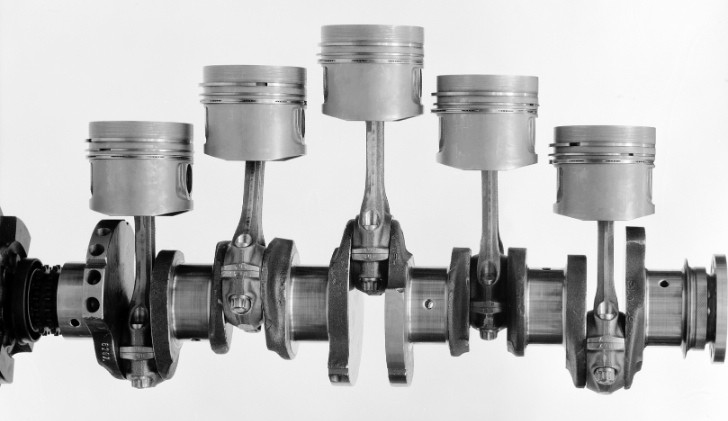Forty years can mean a lot of things for various people and/or companies, but what we know for sure is that for Mercedes-Benz it means a lifetime of advancements in the field of performance diesel engines.
Four decades ago, the three-pointed star manufacturer was introducing the world's first series-production car powered by an engine that counted five cylinders.
It may not sound like a big deal for some people, but it most definitely should, especially since the engine in question was a diesel, while the car it featured it had just become the world's fastest and torquiest diesel-powered passenger car in the world.
We are talking about the Mercedes-Benz 240 D 3.0 - which later on became the 300 D - whose three-liter five-cylinder diesel had an output of 85 hp and 170 Nm (126 lb ft) of torque.
While today it would be among the slowest cars you can buy, back in 1974 its 19.9 seconds required to reach 100 km/h (62 mph) were the best of any other diesel car, and so was its 148 km/h (92 mph) top speed.
Internally-codenamed OM 617, the first five-cylinder diesel engine in a passenger car evolved to also get a turbocharger and becoming more powerful and much more fuel-efficient. Over the years, it became a legend among 1970s Mercedes-Benz aficionados, especially since the turbocharged version also got the chance to power the mighty S-Class.
Among the many innovations that it introduced was one that today is taken for granted in every modern diesel car. As opposed to the previous practice of pulling a lever, the new engine could be switched on and off just by turning the ignition key, just like in a gasoline powerplant from those days, making for a pretty convenient piece of kit for most folks in the 1970s.
It may not sound like a big deal for some people, but it most definitely should, especially since the engine in question was a diesel, while the car it featured it had just become the world's fastest and torquiest diesel-powered passenger car in the world.
We are talking about the Mercedes-Benz 240 D 3.0 - which later on became the 300 D - whose three-liter five-cylinder diesel had an output of 85 hp and 170 Nm (126 lb ft) of torque.
While today it would be among the slowest cars you can buy, back in 1974 its 19.9 seconds required to reach 100 km/h (62 mph) were the best of any other diesel car, and so was its 148 km/h (92 mph) top speed.
Internally-codenamed OM 617, the first five-cylinder diesel engine in a passenger car evolved to also get a turbocharger and becoming more powerful and much more fuel-efficient. Over the years, it became a legend among 1970s Mercedes-Benz aficionados, especially since the turbocharged version also got the chance to power the mighty S-Class.
Among the many innovations that it introduced was one that today is taken for granted in every modern diesel car. As opposed to the previous practice of pulling a lever, the new engine could be switched on and off just by turning the ignition key, just like in a gasoline powerplant from those days, making for a pretty convenient piece of kit for most folks in the 1970s.

